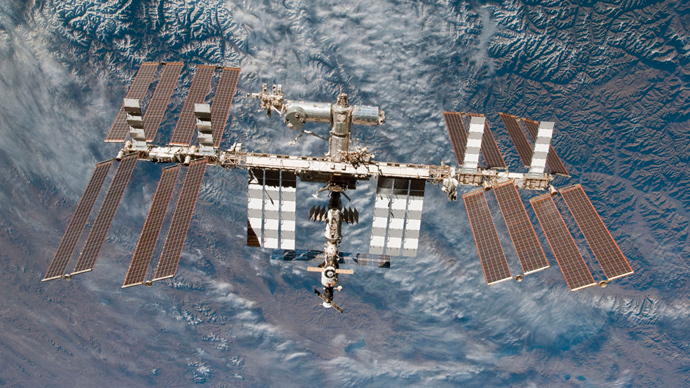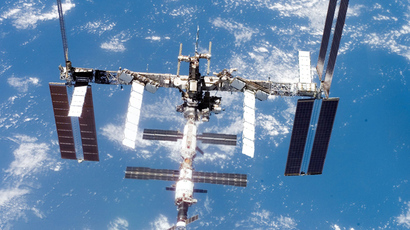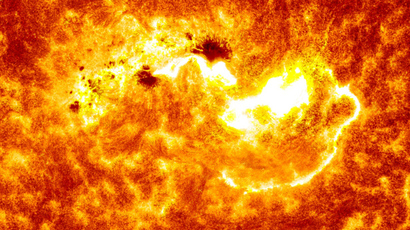ISS delays planned orbit raise due to space junk threat

The International Space Station’s manoeuvre to raise orbit has been delayed by two days over the threat of collision with space junk that could severely damage the station.
The ISS orbit was scheduled to be raised by nearly two kilometers
to ensure safe docking of the Russian Progress M-22M resupply
spacecraft on February 6. The manoeuvre was to be carried out to
compensate for Earth’s gravity. The delay was the initiative of
the United States.
The new date and time of the manoeuvre will be announced on
Friday, while the preliminary date has been set for January 18,
according to Moscow mission control center.
More than 800 pieces of space debris are situated on the same
orbit with the ISS and are a potential threat to the station,
according to NASA’s data from October.
When the ISS faces the threat of a collision with a piece of
space junk, the US, Russia and their partners usually order a
debris avoidance manoeuvre. This occurs about once a year on
average, according to NASA’s Orbital Debris Program Office.
The ISS is heavily shielded, as critical components, such as
habitable compartments and high pressure tanks, are able to
withstand the impact of debris as large as 1 cm in diameter.
However anything larger than a baseball poses a potentially
catastrophic threat to the ISS, according to NASA estimates.
More than 100 different shields have been designed to protect the
various critical components of the ISS, according to a
‘Protecting the Space Station from Meteoroids and Orbital Debris’
report. One of these is the Whipple bumper that breaks up, melts
or vaporizes a high-velocity object on impact. Then the slower
and smaller remnants spread the remaining energy of the impact
over a larger area.
Orbital debris is “all man-made objects in orbit about the
Earth which no longer serve a useful purpose,” as NASA
defines them. These are derelict spacecraft, abandoned space
launch vehicle stages, mission-related debris, and fragments
created as a result of explosions or collisions.
One of the two main sources of the debris circling Earth was the
intentional destruction of the Fengyun-1C weather satellite by
China in 2007 and the accidental collision of American and
Russian communications satellites in 2009, according to NASA.
They now represent one-third of all catalogued orbital debris.
Last week, NASA announced that it achieved financial support to
prolong the ISS’s work until 2024. It will cost the US about $3
billion per year.
The ISS was created in 1998 with the participation of the US,
Russia, Japan, Canada, and the European Union. About $160 billion
has been spent on the project to date.














